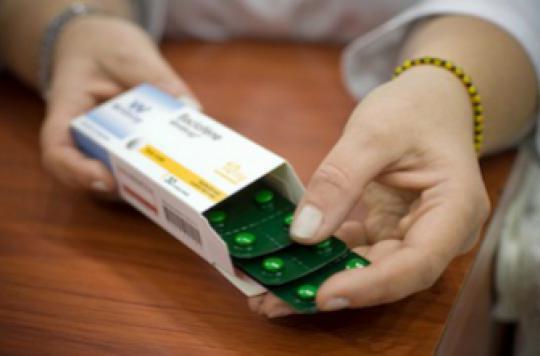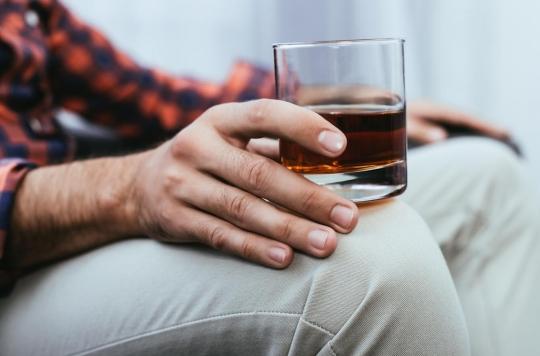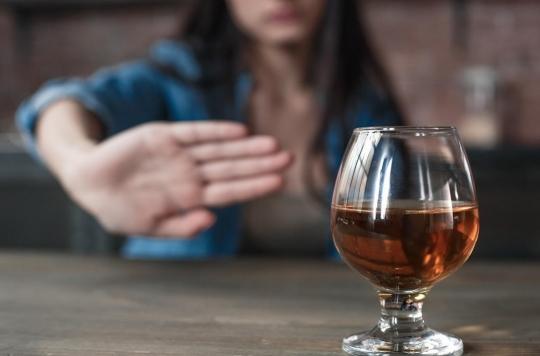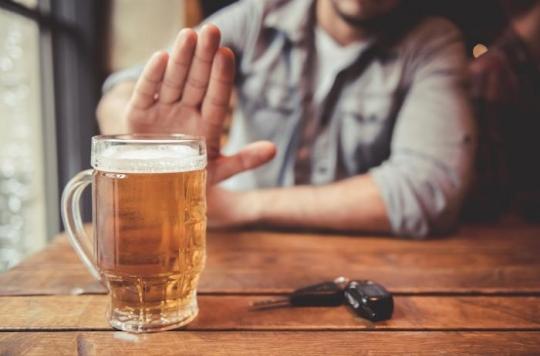In the first assessment of its RTU, the ANSM revealed that the patients monitored reduced their daily alcohol consumption. Thanks to treatment, the number of abstainers has also increased.

Six months ago, the Medicines Safety Agency (ANSM) gave the green light to the temporary recommendation for the use (RTU) of the muscle relaxant baclofen in the management of alcohol dependence for patients who have failed the available treatments. .
But with 5,000 patients registered on the Internet portal “www.rtubaclofene.org“monitoring of patients (for nearly 5 million French people who have problems with alcohol), the figures do not take off. Today, the Agency draws up the first assessment of this collected data.
Almost 1 in 2 prescribers are general practitioners
Between March 14 and September 16, 2014, 3,570 patients were registered by 679 doctors, mainly general practitioners (45%), addictologists (32%) and psychiatrists (13%). The majority of patients were men (70%), with an average age of 48 years. Among patients starting treatment (39%), the most frequent indication was reduction in alcohol consumption (65% of patients). Just over half (57%) made at least one follow-up visit and of these patients, 163 stopped treatment (8%).
The efficacy of the treatment demonstrated
In addition, the ANSM also reports “results of the effectiveness of the treatment. These relate to the 2,032 patients who made at least one follow-up visit. As a result, the data collected show an average decrease in daily alcohol consumption of 56 g / d in patients initiating treatment, and of 15 g / d in those already treated before the start of RTU.
Better still, among the patients in the initiation of treatment, 12% were abstinent at the initiation of treatment and 32% during the last visit entered in the portal. And among patients who already had treatment with baclofen, 46% of them were abstinent at the last visit entered in the portal.
In addition, the score indicating the irrepressible need to consume alcohol (craving) also improved. This in 74% of patients newly treated with baclofen and in 45% of patients already treated.
1% serious effects (possibly) related to baclofen
Regarding safety, 14% of patients reported at least one side effect. And, for 9% of all patients, these effects are possibly related to baclofen. A total of 1.7% of patients had a serious side effect and for 1.1% of all patients these effects were possibly related to baclofen.
The most common were neurological (3.9% of patients), including seizures (0.2%), and psychiatric (2.9% of patients), anxiety disorders (0.5%), major depression (0.3%) and suicidal thoughts (0.2%).
The Agency specifies, however, that “the reported adverse effects are in accordance with those listed in the SPC for baclofen-based specialties and with the signals identified in the context of national baclofen pharmacovigilance monitoring. “
The number of registered patients still insufficient
Finally, as of March 20, 2015, the ANSM still considers the number of registered patients unsatisfactory. There are now just over 5,000 patients on the RTU portal. “This proportion seems very low compared to the estimate of all patients treated with baclofen in alcohol dependence”, concludes the Agency. There are in fact more than 90,000 general practitioners in France who most certainly have alcohol dependents in their patients.
According to a source familiar with the matter, the various actors of this portal hoped for around 15,000 patients registered after 6 months of launch. The other objective of 100,000 doctors and 300,000 patients on the portal within three years therefore seems difficult to achieve.
(1) Summary of Product Characteristics
.














